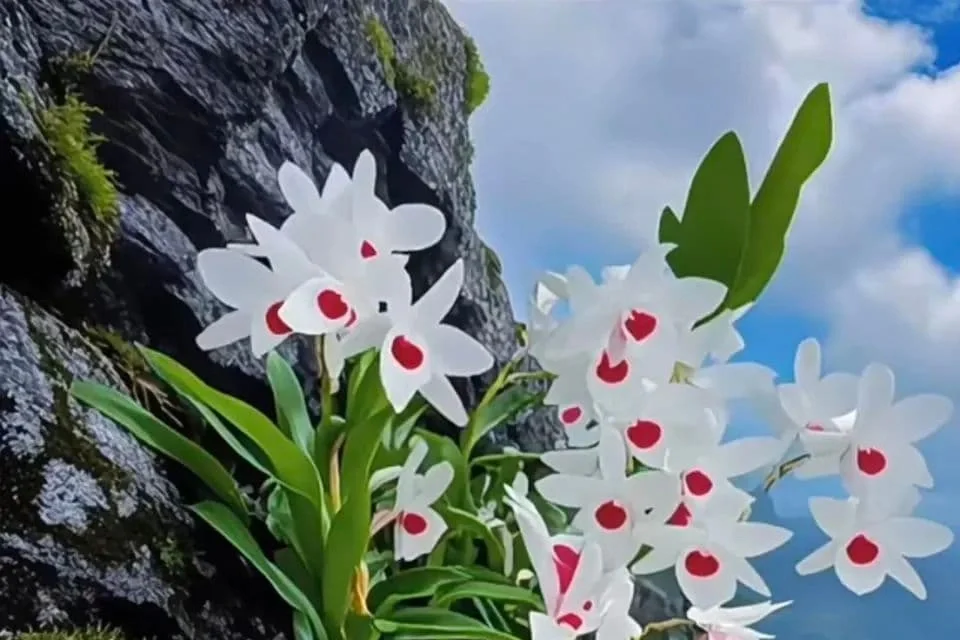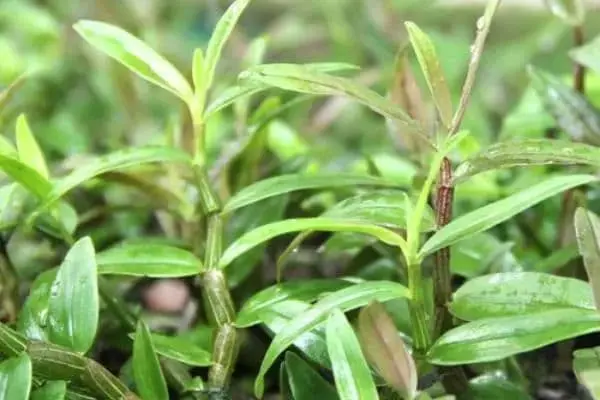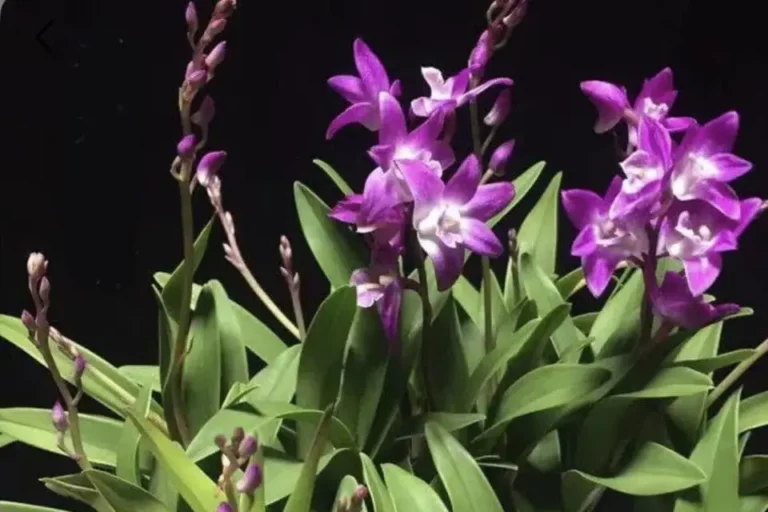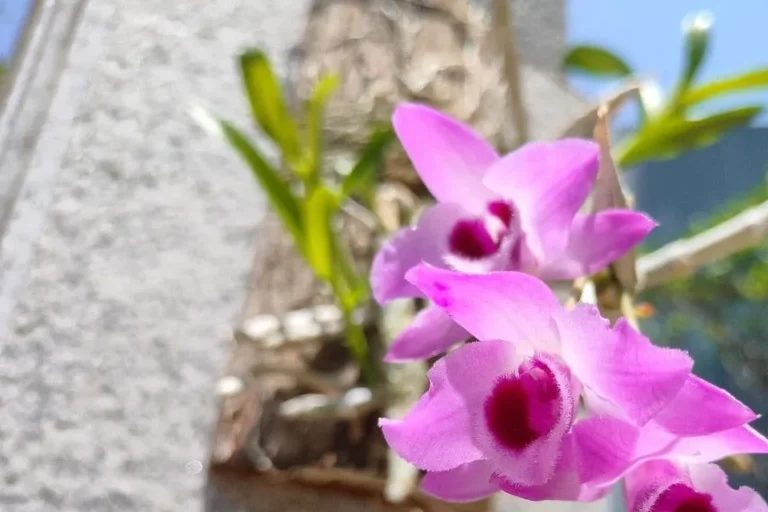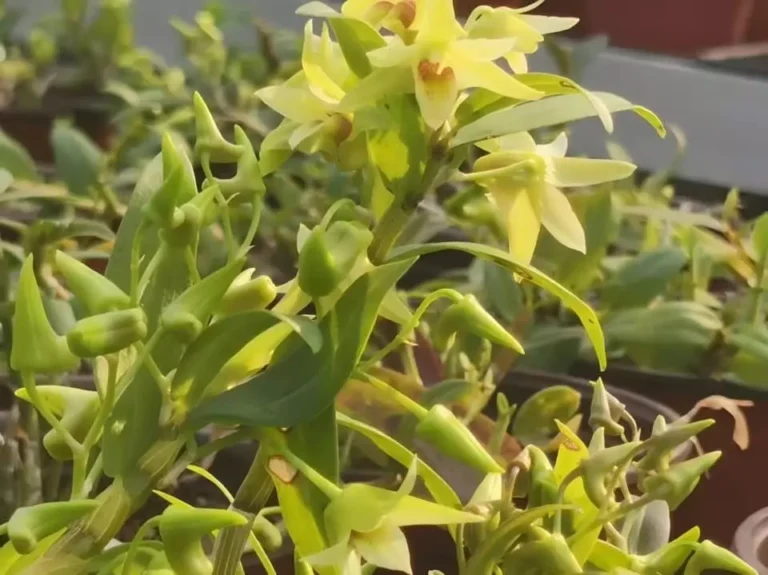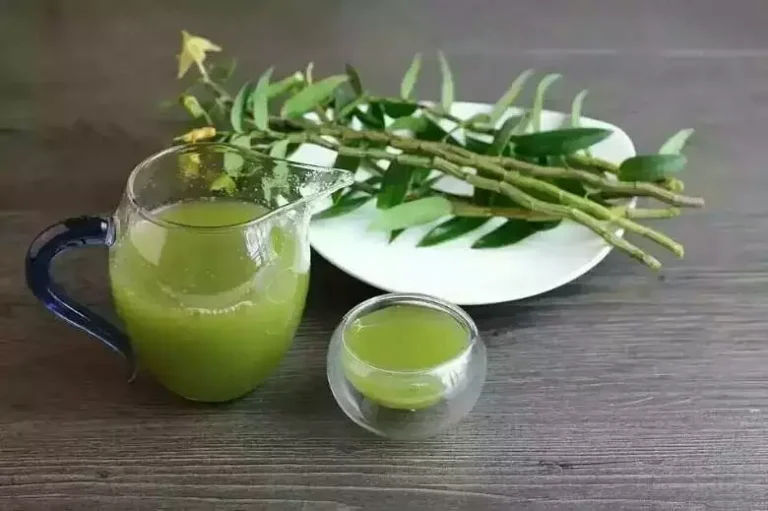Recently, I have received many questions from flower lovers: “Can Dendrobium orchids be exposed to the sun during flowering?” The answer is very clear – **Don’t expose them to the sun! **
Although Dendrobium orchids are as beautiful as “little fairies” when they bloom, they are actually “sun-afraid people”, especially when they bloom.
Today, I will use plain language to summarize some practical suggestions for novice friends to help you easily grow a blooming Dendrobium orchid!
- Sunbathe? Yes, but be “gentle”
Dendrobium orchids need light to bloom, but **only like “soft light filters”
Spring and autumn: You can put it on the east or west windowsill and expose it to scattered light for 3-6 hours a day (such as morning or evening sunlight) to promote photosynthesis.
Summer: The sun is scorching and must be shaded! Pull up the gauze curtain or use a sunshade net to block the light to prevent the leaves from being scorched and the flowers from withering early.
Winter: The sun is mild, you can move it to the south balcony to get more sun exposure to help flowering and keep warm.
Judge whether the light is appropriate: Are the leaves yellow or the leaf tips dry? It may be too much sun! Move to a cool place quickly.

- Watering: Don’t let it dry out or get flooded
Dendrobium orchids have “fleshy roots” and are afraid of both dryness and waterlogging:
Flowering period: Keep the pot soil slightly moist, and water thoroughly after poking the soil 2 cm with your finger. In dry summer, spray water in the morning and evening to increase humidity.
Water control in winter: Water after the soil is completely dry, and low temperature + appropriate drought can stimulate flowering.
Tips: Plant with breathable planting materials such as bark and sphagnum moss, so that there will be no water accumulation after watering, and the roots will not rot.
- Temperature and humidity: Warm and humid is the best
Temperature: 18-25℃ is the most comfortable, and the temperature should not be lower than 12℃ during the flowering period (the flower buds will freeze off), and it should not be higher than 30℃ (easy to wilt).
Humidity: Is the air dry? Put a humidifier, or place a basin of water next to it, keep the humidity at about 60%, and the leaves will be more watery.
Pay attention to ventilation: hot and unventilated conditions will easily cause leaf rot, but don’t let the cold wind blow directly on the flower buds.
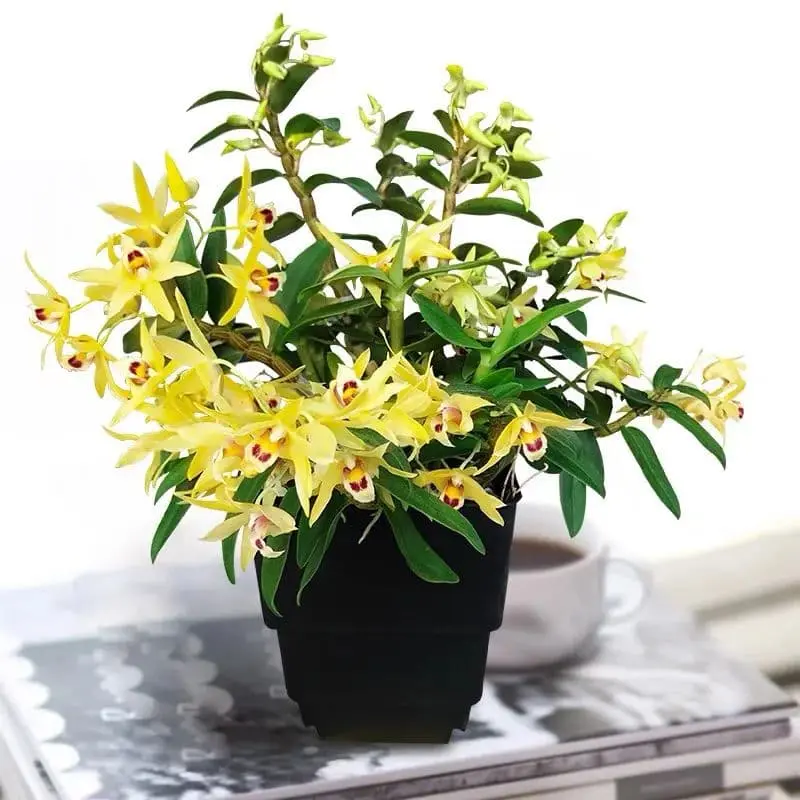
- Fertilization: Apply thin fertilizer frequently, don’t be greedy
Nutrition is needed during the flowering period, but “eating less and more meals” is safer
Before flowering: spray leaves or irrigate roots with potassium dihydrogen phosphate (diluted with water) once every 1-2 weeks to promote flower buds.
